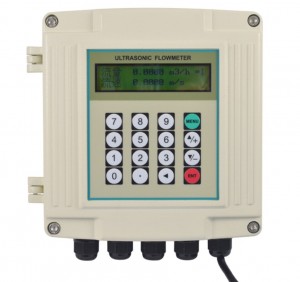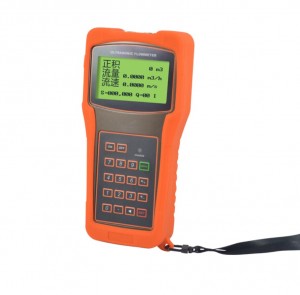Practical Applications of Ultrasonic Flow Measurement Technology
How Sound Waves Enable Precise Fluid Monitoring
Introduction
While commonly associated with medical imaging, ultrasound technology also revolutionizes industrial liquid flow measurement. By utilizing high-frequency sound waves (typically above 20 kHz), ultrasonic flowmeters detect flow velocity with remarkable precision. This non-invasive approach offers significant advantages over traditional methods.
In the following sections, we’ll examine the working principles, benefits, practical applications, and limitations of this innovative technology.
How Ultrasonic Flowmeters Work
These devices operate on the transit-time principle, which involves several key steps:
- • First, two transducers mount on opposite pipe sides
- • They then alternate sending and receiving ultrasonic pulses
- • As liquid flows, downstream sound waves travel faster than upstream
- • This time difference directly indicates flow velocity
- • Finally, multiplying by pipe area calculates the flow rate
Since this method requires no pipe modifications, it’s particularly valuable for sensitive systems where interruptions must be avoided.
Key Benefits
Non-Invasive Installation
The clamp-on design eliminates need for pipe modifications, making it perfect for retrofit projects and temporary measurements.
Adaptable to Various Pipe Sizes
A single transducer set accommodates multiple pipe diameters, significantly reducing equipment costs and installation complexity.
Portable Design
Lightweight construction enables easy transport, ideal for field inspections and rapid flow verification tasks.
Sensitive to Low Flows
The technology reliably detects minimal flow rates that mechanical meters often miss completely.
Common Applications
With advanced signal processing capabilities including multi-pulse technology, sophisticated filtering, and error correction, ultrasonic flowmeters serve numerous industries:
- • Oil and gas production
- • Chemical processing plants
- • Power generation facilities
- • Water treatment systems
- • Metallurgical operations
Particularly in challenging installations where traditional meters prove impractical, ultrasonic solutions provide reliable performance.
Important Limitations
Reduced Accuracy Compared to Inline Meters
External measurements may be affected by pipe vibrations, temperature variations, or gas bubbles in the fluid.
Single-Phase Fluid Requirement
For accurate results, the liquid must be homogeneous as multiphase or aerated fluids can distort measurements.
Conclusion
Ultrasonic flowmeters provide an excellent solution when non-intrusive, portable flow measurement is required. Although not universally applicable, they deliver exceptional value for temporary installations, systems with varied pipe sizes, and applications requiring detection of minimal flows.
Interested in learning more?
Email us at: vip@sinomeasure.com
Message via WhatsApp: +86 158168013947
Post time: Apr-15-2025






